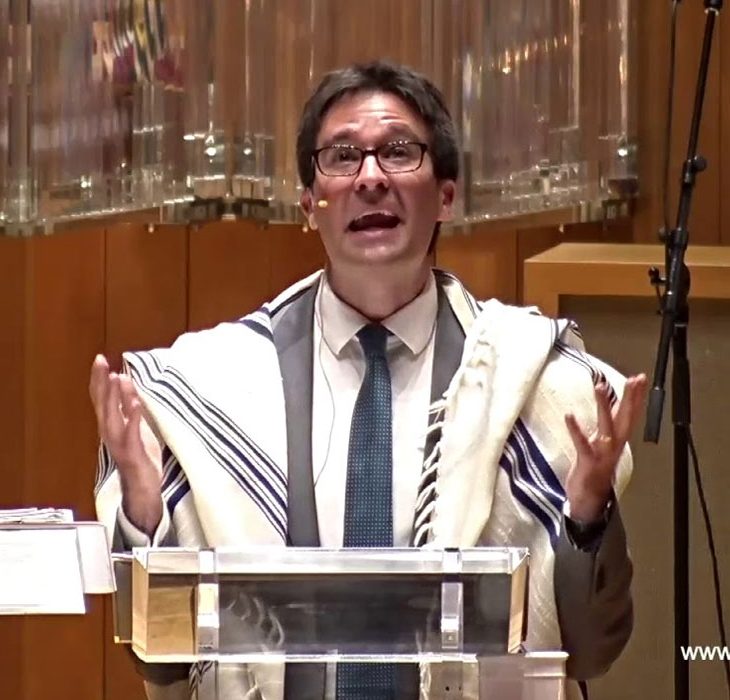World’s Largest Virtual Seder Open To All
April 6, 2020

It is a difficult time to be a human right now, especially one living in New York City. Most of us are not heroic doctors, nurses or medical practitioners who are saving lives and putting their own on the line. But, all of us are shouldering pain from the pandemic. In fact, one pandemic may be leading to another. In a city known for its social scene and the love that people have for one another, being cooped up at home is leading to a pandemic of loneliness. New Yorkers often do not have living rooms, because the city is their living room. We spend hours each day together – just soaking in the joy of social connection. Being apart makes us heartsick, or even unwell. This loneliness has now spread far beyond New York, and is now a national plague. The answer is finding new ways to connect.
The Passover Seder is one of the oldest cures to loneliness in Jewish tradition. It calls us to recount the story of the Israelite’s Exodus from Egypt in new ways that resonate anew in our time. This year, we will need to do it virtually. Adhering to Jewish mandates to save lives and prevent the spread of illness, we will need to tell the Passover story in ways that draw us emotionally close, even from afar. My community, East End Temple in Manhattan, is hoping to convene what we have ambitiously named “World’s Largest Virtual Seder.” You do not need to be Jewish to partake, because the dual plagues of our time do not distinguish between religious traditions. We are all in this together.
Shortly after introducing the Matzah (unleavened bread, which recounts the haste with which the Israelites fled Egypt as stateless refugees), we affirm at a Passover Seder “Let all who are hungry come and eat.” This year, we also affirm, “Let all who are lonely come and connect.” Right now, we are all hungry – some of us literally, and all of us socially. We are all in need of kindness, care, and even the physical sensations of interchange with others.
This year, we should match charitable gifts to those in material need with emotional gifts to those who are experiencing acute social needs. We cannot physically hold each other right now, but we certainly can hold each other emotionally.
Whether this season brings you Passover, Easter, Ramadan or no holiday at all, engage in a ritual of being with other people. Whether your table has a Seder Plate, an Easter Egg or a date to break your Ramadan fast, take in the sustenance of togetherness.
If anything, Jewish history has taught us that hardship can lead to spiritual innovation – and that technology can help us rejuvenate community. Innovations in grammar within Muslim communities inspired Jewish leaders to re-think the Hebrew language. When Guttenberg invented the movable-type printing press, Jewish communities used it to create common prayer books, which brought together immense geographic regions with shared words of holiness. Today, as much as the Internet and online technology has been associated with social fissure and isolation, it can now be harnessed as a tool to bring people together. Right now, it must be.
Passover is the ideal time for Jews and Jewish communities to renew the Exodus by retelling it in a language that we can share online. We were all once slaves in the Land of Egypt. Now we are free. History tells us to use that freedom to bring people together – and broaden what it means to be together around a Seder Table.
Read Hillel’s Rabbi Ben Berger Advice for a Virtual Passover
Share
Related Articles
American Civic Life
American Civic Life
Is This a Time for Bridgebuilding? 5 Leaders in Conversation
American Civic Life
The Interfaith Legacy of Muhammad Ali: “The Wise Man Changes”



